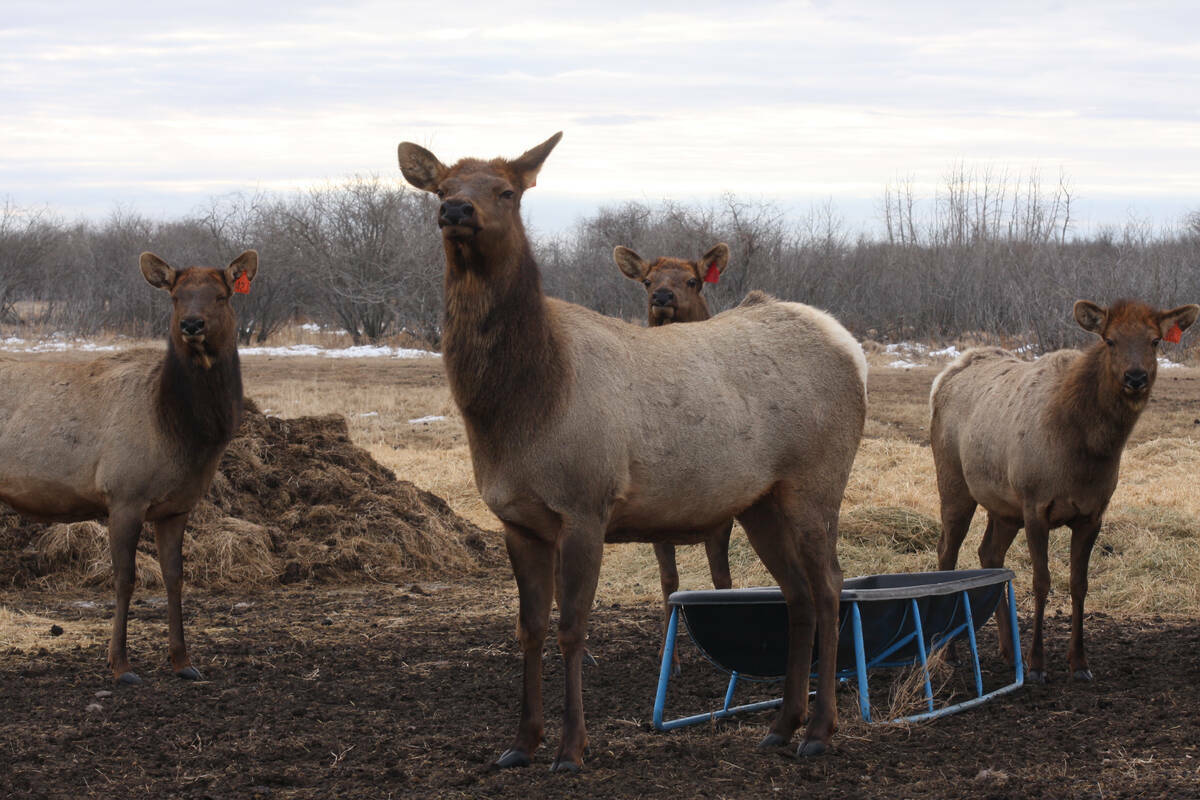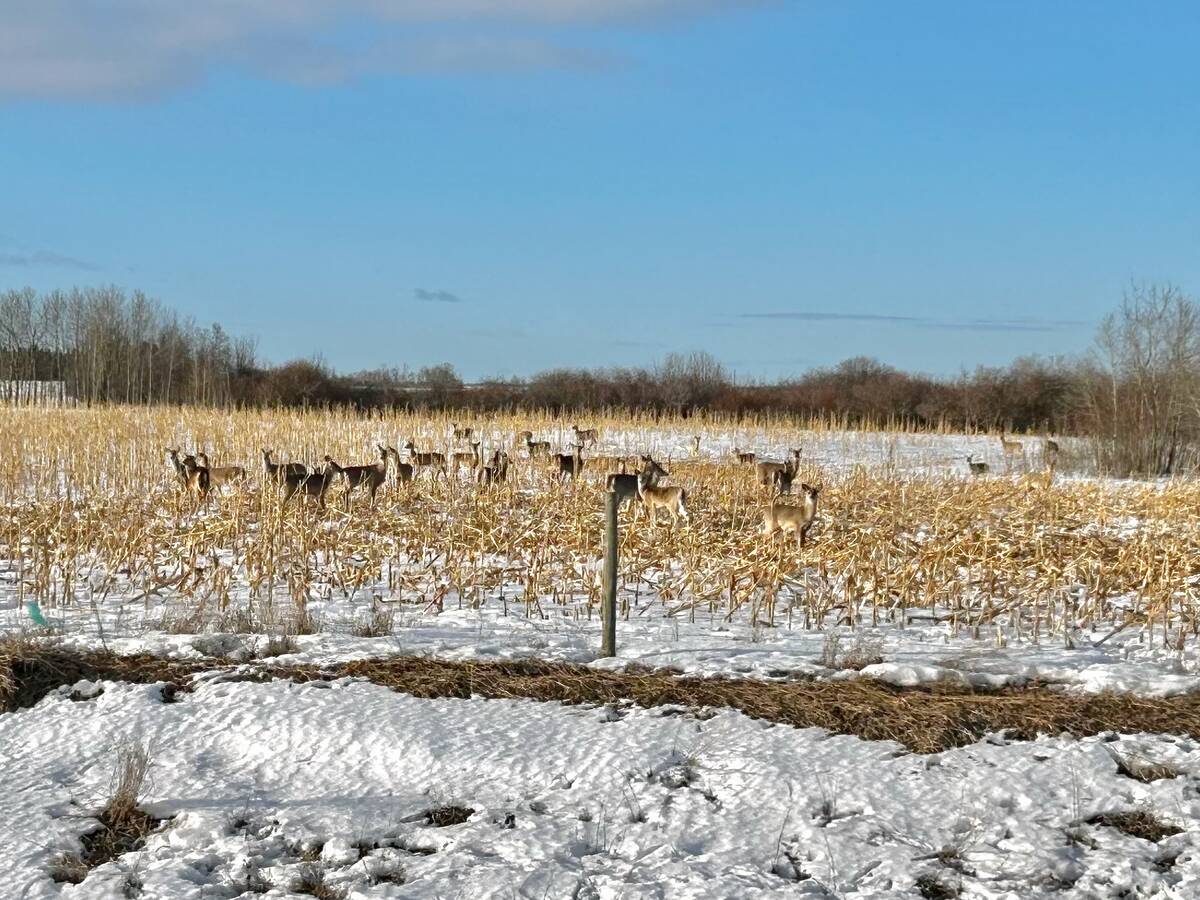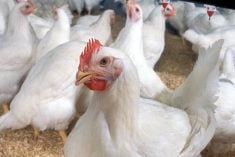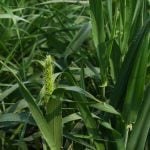The Manitoba government has created a new online dashboard to better show where chronic wasting disease (CWD) is showing up across the province.
WHY IT MATTERS: Manitoba has been working to control the deadly prion disease, which attacks deer species, including elk and moose, since it was confirmed in the province in 2021.
The tool gives hunters up-to-date information so they can decide where to hunt and how to handle their harvest, said Ian Bushie, Manitoba’s Natural Resources and Indigenous Futures Minister, in a press release Nov. 17.
Read Also

Merit bankruptcy proceedings begin
Winnipeg-based Merit Functional Foods filed for bankruptcy in October after being in receivership since 2023
The dashboard is the “first of its kind in Canada and showcases Manitoba’s commitment to leading the way in preventing the spread of CWD,” Bushie said.
“This tool, in partnership with hunters submitting biological samples and CWD testing, will help monitor and manage CWD in our province.”
The dashboard shows CWD test results on maps. Hunters can sort by season or by species. It also shows where hunters can drop off samples for testing.
Positive cases remain low, but monitoring continues
During the 2024-25 hunting season, the province tested 3,007 animals and found four positive cases, including three white-tailed deer and one mule deer, according to the province’s CWD Summary Report. That works out to a positive rate of 0.13 per cent. All four cases came from hunter-submitted samples.
The report also showed testing has gotten much faster. The program has struggled with backlogs, resulting in significant delays in past years. Now, the province says, results that took 77 days to come back in 2022-23 now take just 22 days, a 71 per cent improvement in responsiveness. Hunters who extract their own samples instead of dropping off whole heads have helped speed things up.
Since Manitoba found its first CWD case in 2021, hunters have been responsible for identifying 25 of the 30 total positive cases across the province. The disease has now been confirmed in six game hunting areas in western Manitoba. The government has set out a mandatory sampling zone for hunters.

The dashboard launch comes as the Canadian Food Inspection Agency (CFIA) looks at shifting its approach to managing CWD in farmed cervids. The CFIA’s proposed changes would move away from mandatory herd destruction and toward managing the disease on a regional basis. Under the new approach, the CFIA would consider CWD to be established in Alberta and Saskatchewan, emerging in Manitoba, and not detected in the rest of Canada. The agency would not order the destruction of infected herds in those three provinces.
Disease spreads
The disease has spread steadily across Western Canada.
Alberta and Saskatchewan have been the traditional hot zone. In 2024-25 alone, Alberta’s surveillance program found 472 CWD cases in wild deer, while Saskatchewan found 386 (mule deer were the top infected species in both cases. The CFIA has found 93 cases of CWD in farmed deer or elk since 2011 (six so far in 2025), all but one of which have been in Alberta or Saskatchewan. The lone outlier, a red deer herd in Quebec, was found in 2018.
In Manitoba, concern about possible CWD spread emerged in the years leading up to the first official finding, as elk farmers and other producers started to note more mule deer moving into the province.
British Columbia found its first case in wild cervids in January 2024.
So far, CWD is not known to spread to humans, though there’s no direct evidence proving it can’t. Health officials take a cautious approach and recommend against eating meat from infected animals.
What hunters should do
Keeping CWD under control depends on hunters staying informed and getting their animals tested, Bushie said. Every sample that comes in helps track the disease and protects hunting for the next generation.
Hunters in areas where CWD has been found should get their harvest tested, handle carcasses carefully, and not eat any meat from animals that tested positive or haven’t been tested yet.
















